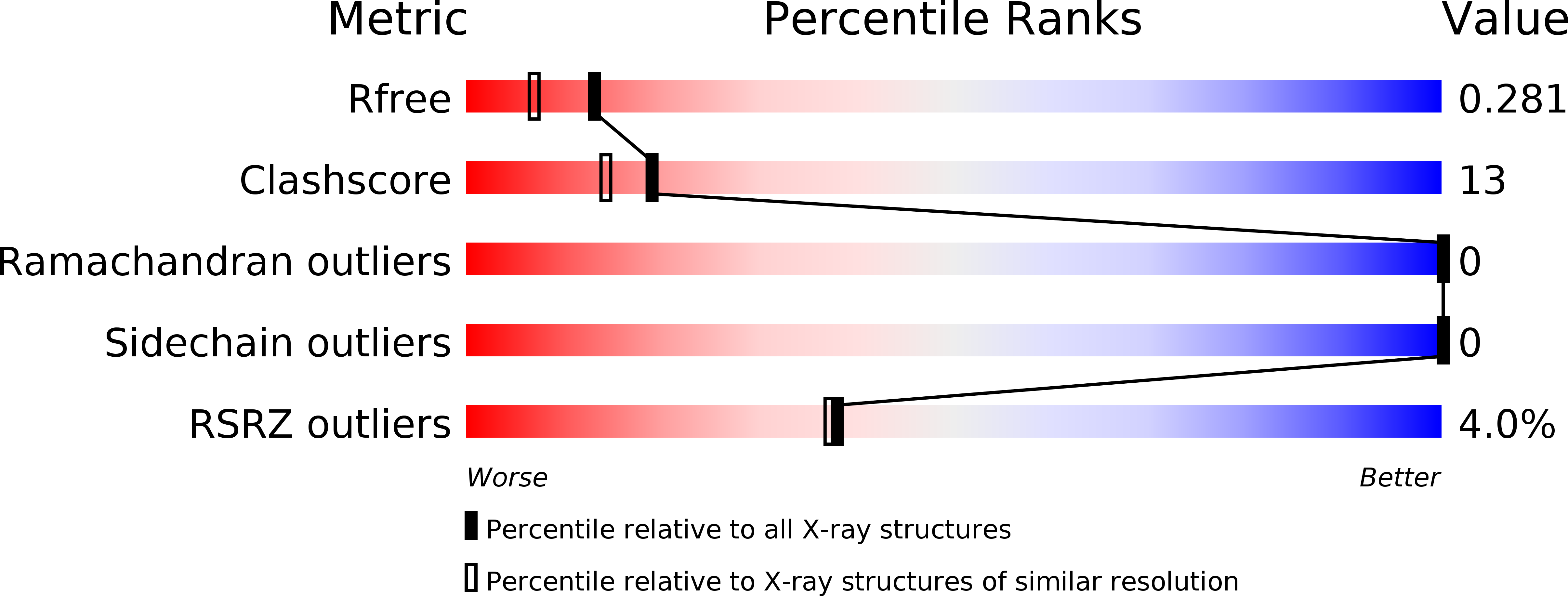
Deposition Date
2004-05-28
Release Date
2004-10-12
Last Version Date
2025-03-26
Entry Detail
Biological Source:
Source Organism:
Method Details:
Experimental Method:
Resolution:
2.00 Å
R-Value Free:
0.26
R-Value Work:
0.23
R-Value Observed:
0.23
Space Group:
P 32


